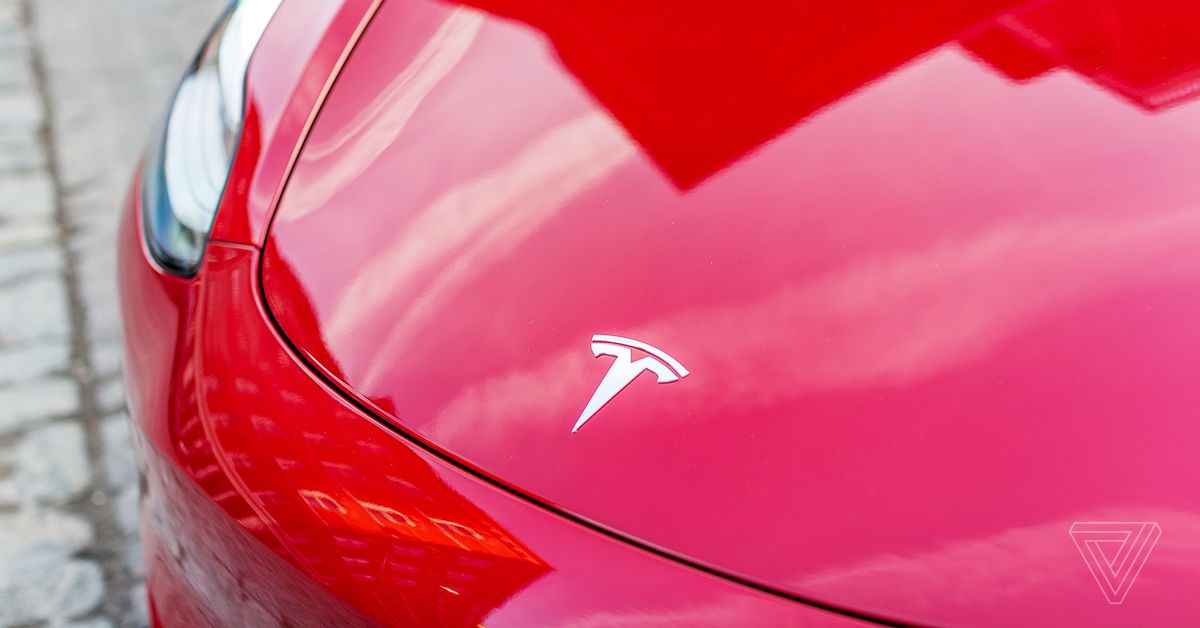
The clock is officially ticking for Tesla buyers in the US to receive the full $7,500 federal tax credit for electric cars. Tesla delivered its 200,000th vehicle this month, the company confirmed to Jalopnik, which means a slow phase-out of the tax credit has begun.
Tesla customers who take delivery of their cars — regardless of whether it’s a Model S, X, or 3 — between now and December 31st, 2018, will still be eligible for the full $7,500 credit from the IRS. Customers who take delivery of their cars between January 1st and June 30th, 2019, will only be eligible for a $3,750 credit. And customers who take delivery of their cars between July 1st and December 31st, 2019, will be offered just $1,875. After that, the incentive is dead.
Put in place early on in the Obama administration, the tax credit was seen as a tool that could be used to encourage customers to buy plug-in electric or hybrid vehicles. This would simultaneously help advance the president’s climate and clean energy goals while offering consumers a bit of a break while the cost of battery technology slowly came down. It was also meant to encourage manufacturers to push for greater advancements in that technology. The dollar amount was technically flexible; it was essentially a $2,500 credit with room to increase up to $7,500 depending on the battery capacity of the car being sold. The better the battery in a company’s car, the better the rebate their buyers would get.
Eventually, battery technology got to the point where most all-electric cars easily maxed out that $7,500 cap. But the credit was never meant to be permanent, and so a phase-out plan was drawn up, which would be triggered when an automaker delivered the 200,000th eligible car. Tesla is now the first to hit this mark. GM is close, too, while Nissan, Ford, and others still have a ways to go. (States also offer similar tax credits, though they vary by location.)
Tesla has sold over 300,000 cars around the world, but until today, it wasn’t clear when the company would pass 200,000 delivered in the US. By most accounts, Tesla was quickly closing in on the milestone this spring, and the company’s mad push to make and ship as many Model 3s as possible only ramped up the pressure. Hitting the production goals laid out by CEO Elon Musk was key because without a steady flow of new Model 3s, Tesla was in danger of exhausting its dwindling cash supply and entering a financial crisis. But delivering the 200,000th car in the US before June 30th of this year would mean that the phase-out would have started earlier, on October 1st, the beginning of the fourth quarter of 2018.
It’s also not clear how close Tesla came to threading this needle. While the company just barely hit its target of making 5,000 Model 3s in one week at the end of the second quarter, a number of those cars remained parked in lots, waiting to be shipped to customers. (Tesla reported a record number of cars, more than 10,000, were “in transit” at the end of the second quarter, and these parked cars were included in that figure.) Tesla also began delivering Model 3s to Canada in late May, which some saw as a tactic to help stay under the 200,000 milestone.
Whatever the case, the full tax credit will be around for six more months. Customers who get a Tesla in 2019 will be able to save some money, too, even if it’s not that full amount. But that still might not be enough of a delay for the most budget-conscious Tesla buyers. The cheapest version of the Model 3 — the one that is supposed to cost $35,000 — is still not available, and it won’t be until early or mid-2019.
Read Again https://www.theverge.com/2018/7/12/17563908/tesla-federal-tax-credit-ending-dateBagikan Berita Ini
















0 Response to "Tesla will be the first automaker to lose the federal tax credit for electric cars"
Post a Comment